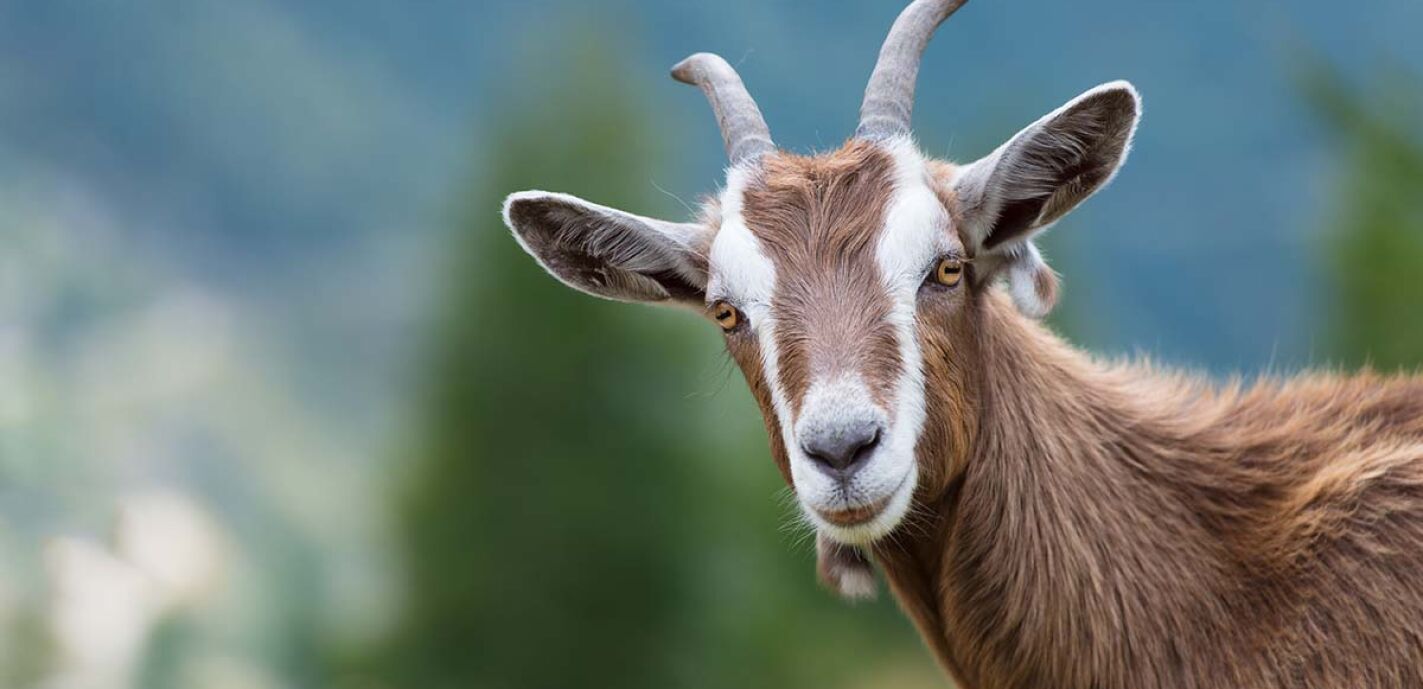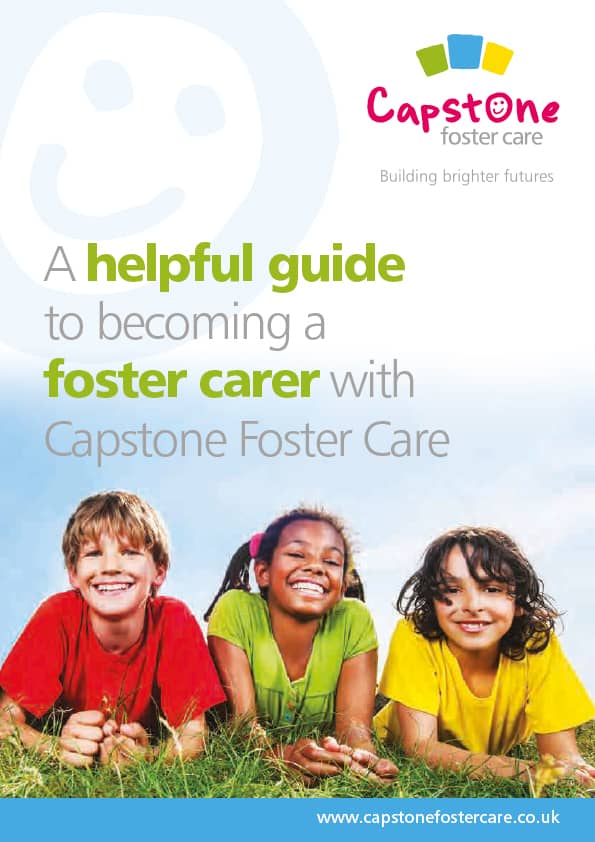


3rd December, 2021
I was actually sitting in the goat field during the first lockdown when I made the decision to find out about fostering. I knew I wanted to do more. I had been fortunate that my life had turned out well, despite some bad choices when I was young. I decided that I wanted to share my home and animals with a child that really needed my help. I wanted a child to be able to enjoy and benefit from my large open spaces and to interact with my many pets. I currently have 5 horses, 2 dogs, 1 cat, 3 sheep and 2 goats.
With fostering, you are taking the responsibility for caring for a child, so there are naturally lots of safeguards that need to be put in place. At first, I imagined that it would be a straight “no” when I would mention all my pets. When I thought about it, horses weigh over 400kgs and they are semi-wild animals, prone to run first and think second. My back garden directly backs onto my fields, so within 20 seconds a child could easily be amongst the herd. I wondered how and if my smallholding would be able to get the green light for fostering?
You don’t know until you ask though and I found it was much easier when I first chatted with Capstone than I thought it would be. I just put it on the table straight away that I had loads of pets.
The funny thing is looking back, my animals went on to become a big part of why I was matched to B, the young man who came to live with me during the summer.
During the approval process and panel approval, it was clear that my animals were seen as a positive. Most pets are considered therapeutic as looked after children who struggle with self-esteem or those that find it hard to relate to adults, often form a priceless bond with the animals they live with. This is where pets can join the dots for them. They teach important life skills for a child to know how to care for them, and it might mean sometimes you must put on your coat in all weathers and go outside when it is easier to stay indoors in the warm.
I wanted to foster but I also felt an immense duty to my animals. One of my considerations was my rescue dog Snoopy, who was so traumatised when I got him. After 5 years he is a transformed dog but is still a little timid around new people. My main thoughts were:
Fostering isn’t a sugar-coated world, and I was also fearful that a child might hurt my pets or that my dog might react and then what would be the consequences? Thankfully like all things, in your pre-approval assessment any concerns like this are thoroughly discussed with your assessing social worker. I concluded that I couldn’t let my fear of something that probably would never happen override my huge desire to become a foster carer.
Part of the assessment was the completion of many forms in relation to the animals, which would be part of my Form F assessment along with my social worker’s observations from her home visit. These forms covered
There was also a great deal of hard work to make my smallholding safe. My nephew and I walked around the grounds and found 44 tasks to complete to be sure that we would pass the assessment. It was hard, but the thought that it was to keep a child safe did motivate us through the bad weather and aching bones.
On the day of the home visit, I thought this is a make-or-break day. If my animals were deemed unsafe my fostering journey was over as I would never rehome my pets.
Because I have farm animals, my profile and Form F was of interest to a local authority family finder, who had a 14-year-old young man who wanted to live on a farm. I was out of the area they wanted but I did offer the lifestyle the young person, B has always wished for. I have reflected since that there is no way as a new foster carer, that I would have been considered otherwise. That put pressure on me in some ways. Was I good enough as a foster carer for B? Or had everyone just focused on the animals? But after the scrutiny of the matching process, I realised it wasn’t just about the animals at all. They liked me as well. The local authority social workers had to also sign off that my animals were safe, so there was another nail-biting day, but of course they loved them.
During our transition schedule my first visit to see B was with my dog, Daisy. B gave her a cuddle as he was looking through the welcome pack we had created and the video of our home. Both B and Daisy played ball whilst we talked to each other. Daisy let herself down by eating one of the staff’s bagels, but that did make B laugh.
B loves alpacas, which is an animal I didn’t have. He wasn’t shy in letting me know that I had the space for alpacas and what field they could go in. It was clear, if it did all work out that alpacas would be coming to our home in the future!
Before B moved in, I visited the farm that B went to on a regular basis, and he handed me an alpaca to walk back to a field. We chatted for an hour non-stop about alpacas. B was coming to live with me; a stranger which must have been a great deal for him to process, but I really believe our time with the animals was a major way that we broke down barriers and got to know each other.
When B first visited my house, Snoopy didn’t bark, and went straight up to him. I was amazed! When B was ill, Snoopy laid on the sofa and B rested his head on him for hours. It was as if Snoopy knew that B really needed him at the time. Snoopy is always seen by B’s side. B loves Snoopy and he is his screensaver for his phone. Of course, B loves Daisy as well.
Regarding the other animals, he is just great with them all. He goes out in all weathers and feeds them and does stable jobs. He can catch the sheep and flip them for me when we need to check out any lameness. He leads the goats about and when they get into the wrong field, he is the first out there to sort the problem out.
On a final note, we are getting 4 female alpacas. Well, it was always going to happen. How could I deny B his dream? My animals have no idea what a role they played in me wanting to foster and the wonderful match B and I are due to them.
Thank you so much to DT for sharing her experience with having pets and fostering. If you’ve thought about fostering and considered your own pets to be a barrier, this story shows how just the opposite can be true. Don’t hesitate to get in touch to discuss your own situation and becoming a foster carer.
DT has written a series of amazing blogs for us about the process of becoming a foster carer. You can find her previous blog here.
If you’ve got any questions or would like to find out more about fostering with Capstone, fill out the form below.
An experienced fostering advisor from your local area will then be in touch.
By signing up, you will receive our latest fostering stories every two months.

Start the conversation today. Our team of friendly advisors are on hand to answer any foster care questions you may have. We can offer you honest and practical advice that can help you decide if becoming a foster carer is the right path for you.


